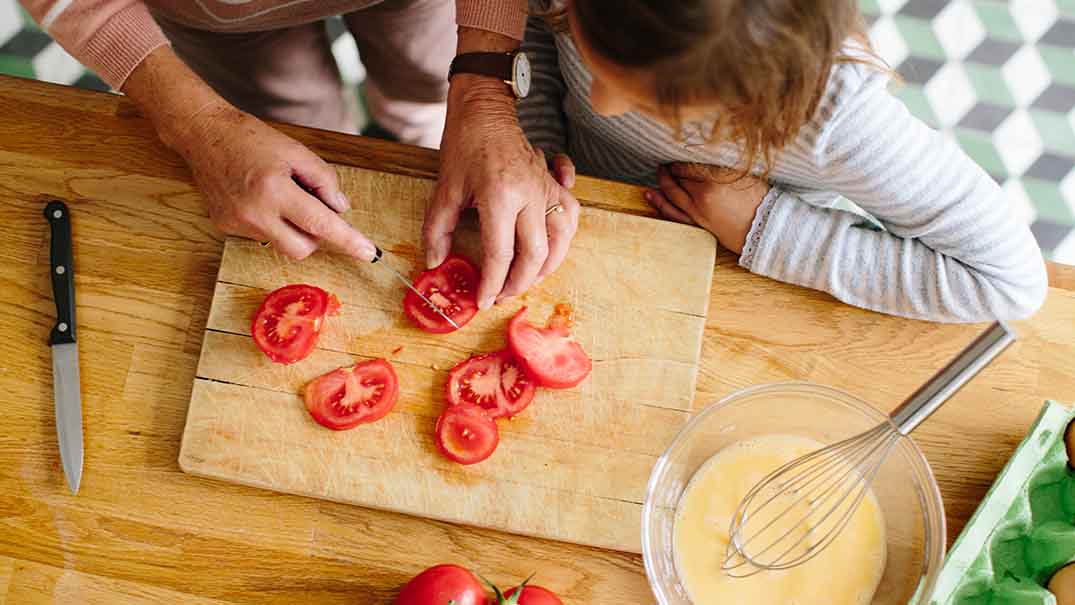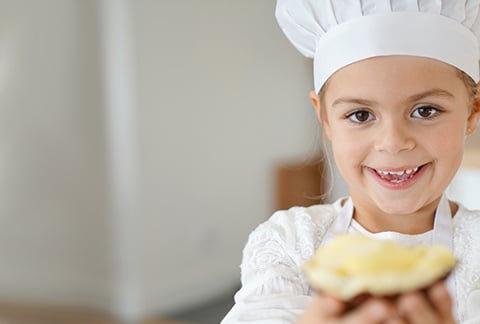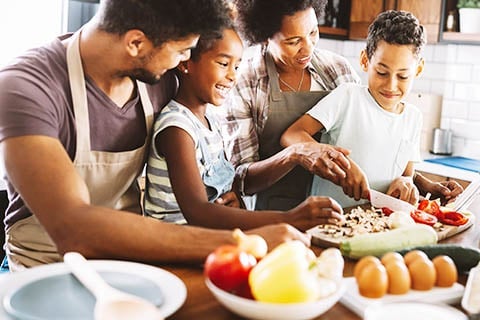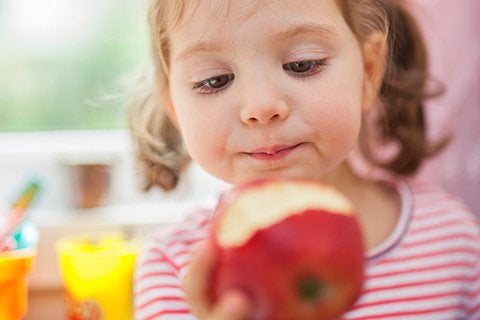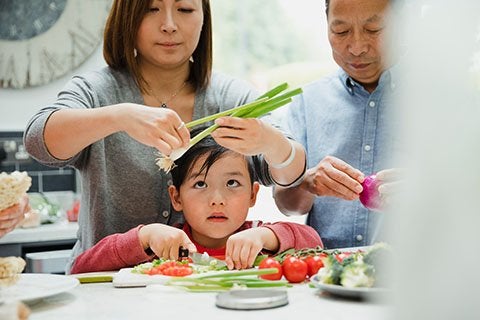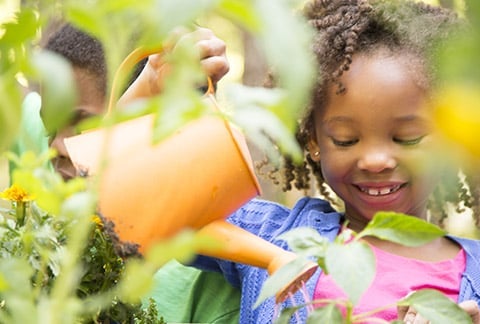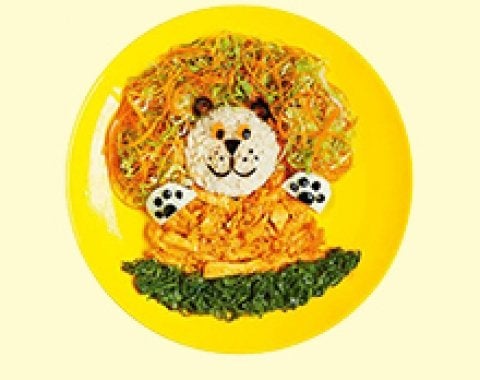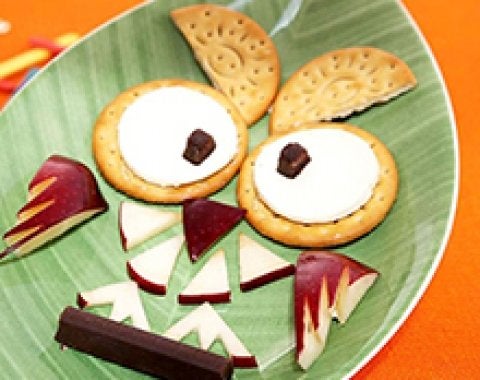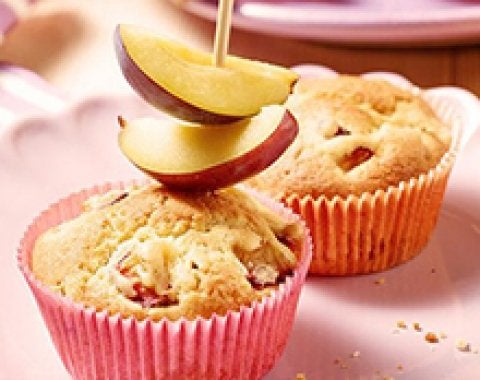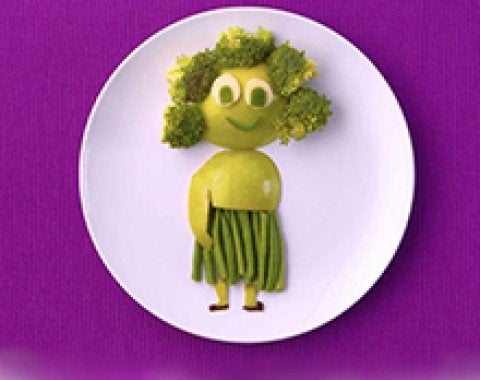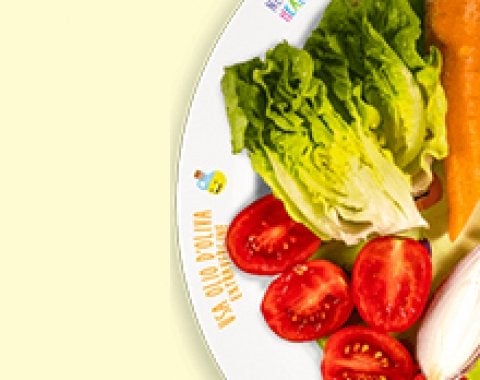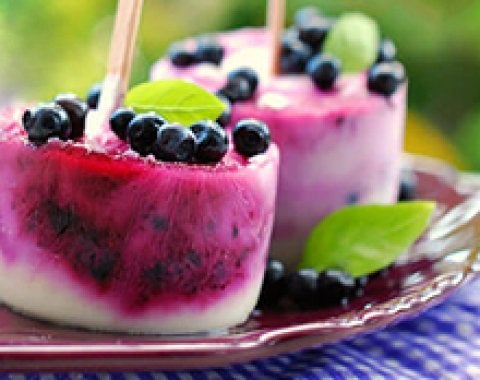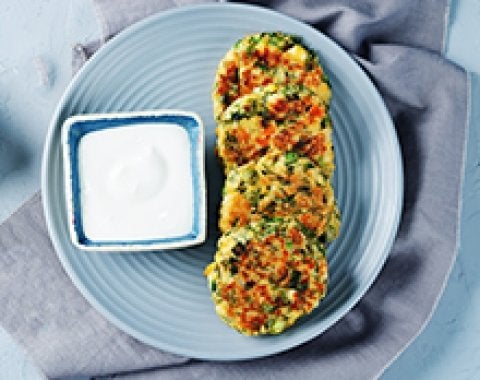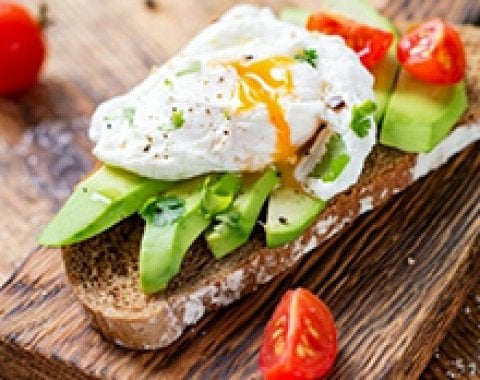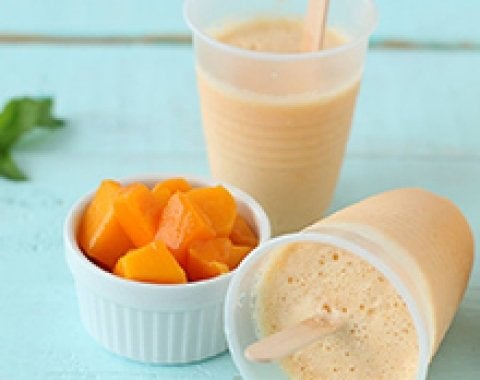Read a Healthier Article
EATING NUTRITIOUS AND VARIED OPTIONS
For children at all ages, eating well is what is needed to make learning, living, playing, and growing possible.
Read ArticleWhy are children not getting a variety of nutritious foods?
At around three years of age, parents start dealing with the very vocal preschool child who tells you what they want to and what they refuse to eat.
Read ArticleOffer healthy choices with every meal.
Not all foods available at the local food market or shop will provide the necessary nutrients needed by the growing child.
Read ArticleInvolve children in food preparation
Children are often fascinated by what the adults in the family are up to and cooking is one such activity they can be involved in from a young age.
Read ArticleMeals are served!
You know that feeling you get when you are invited for dinner and your host serves the food using the most amazing plateware, a beautiful bowl and servers for the salad, soft napkins, shiny cutlery, and sparkling glassware?
Read ArticleWhat about the price of food?
We are saying choose a variety of nutritious foods but your weekly visits to the supermarket may leave you feeling discouraged about the affordability of it all.
Read ArticleFAMILY MEALS
Enjoying at least one family meal together a day is recommended. It has been shown that children who have more family meals tend to consume more nutritious foods, such as fruits, vegetables and dairy products
Read ArticleWhat do we mean by family meals?
A family meal is as an occasion when food is eaten simultaneously in the same location by more than one family member, involving at least one child and adult.
Read ArticleMANAGE PORTIONS
There are two things to keep in mind when you think about portion size. The one is how much of the different foods make up a plate.
Read ArticleEnergy density and managing portions
The best way to determine the energy density of foods is by calculating how much energy is in a typical serving.
Read ArticleWays to maintain an appropriate total energy intake
Some parents may find it challenging to manage the amount of food their child eats, in particular making sure their fruit and vegetable intake is proportionally larger than the foods providing carbohydrates, proteins and fat.
Read ArticleCHOOSE WATER!
Some parents may find it challenging to manage the amount of food their child eats, in particular making sure their fruit and vegetable intake is proportionally larger than the foods providing carbohydrates, proteins and fat.
Read ArticleWhat do we mean by ‘choose water’?
Our bodies are made up of about 70% water, depending on age, physical fitness etc. andwhat water is used by the body to do every imaginable activity.
Read ArticleWays to get your child to choose water
Water does taste different depending on where it is sourced. Water from natural springs, wells, boreholes, ’the tap’ and bottled water, which has undergone various forms of filtration and purification, will all taste different.
Read ArticleWhat we mean by ‘play actively
Playing takes various forms and helps the child in their growth and development.
Read ArticleNESTLE 4 HEALTHIER KIDS IN ACTION – KENYA
Visiting the N4HK programme in Kenya proved to be not only educational but also inspiring.
Read MorePHYSICAL MOVEMENT FOR A HEALTHY BODY
By Anne-Marie De Beer, Nutrition, Health and Wellness Manager, Nestlé East, and Southern Africa
Read MoreTHERE IS NOTHING MICRO-ABOUT A MICRONUTRIENT DEFICIENCY
By Anne-Marie De Beer, Nutrition, Health and Wellness Manager, Nestlé East and Southern African Region (ESAR).
According to the World Health Organisation, more than 2 billion people over the world are affected by micronutrient deficiencies, the bulk of that number is in developing countries.
Read MoreGOOD FOOD FOR A GOOD MOOD
By Anne-Marie De Beer, Nutrition, Health and Wellness Manager, Nestlé East and Southern Africa
Winter has fully set in, which brings with it not only colds and flu, but less reason to be outdoors and an added need to keep extra warm and move less. Much of what we do during this hibernative time is that we eat for comfort, mostly foods that are filling.
Read MoreOUR CHILDREN’S LUNCHBOXES MADE EASY AND HEALTHY
Tips on how to add the goodness of fresh fruit and whole foods
A healthy lunchbox with the right foods is crucial for children to have energy to play, concentrate and learn all day. From around the age of three, children start being vocal about their food preferences
Read MoreKITCHEN TIME DURING FESTIVE SEASON: COOKING TOGETHER
The holidays are a great time for caregivers and kids to cook together. Families can use this time, away from work and school, to reconnect with each other by cooking together and teaching their families valuable skills. Skills such as how to prepare family recipes, learn how meals/dishes are put together, and the nutritional value behind these foods.
Read More
